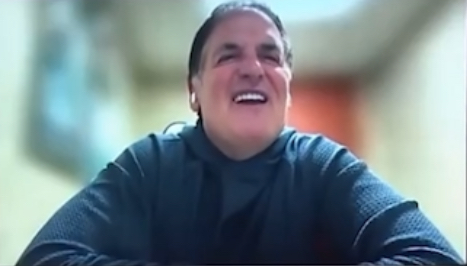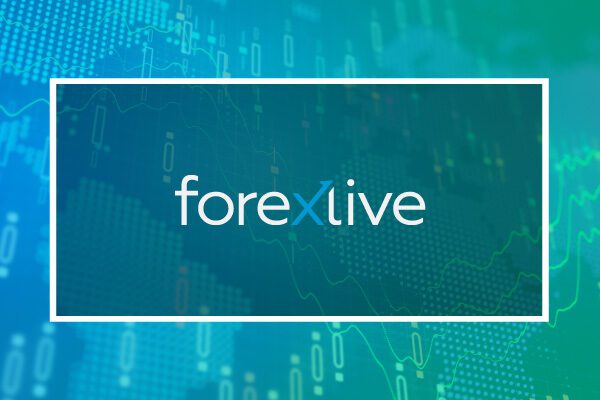
The Federal Reserve’s funding has come under scrutiny as the White House attacks the $2.5 billion headquarters renovation for cost overruns.
That controversy was underscored on Thursday, when President Donald Trump and Fed Chairman Jerome Powell disagreed over the cost during a visit to the central bank. Trump’s allies have suggested the project could be grounds for ousting Powell, but the president has said he would not fire him, though Trump continues to demand lower rates.
Unlike the Pentagon and a new weapons system that has blown through its budget, the Fed and its operations are funded differently.
While the Defense Department and other executive branches receive money from Congress, the Fed is self-funded, largely via interest income from government securities it holds.
That means no taxpayer dollars have been appropriated for Fed operations — including building projects like the headquarters renovation.
Most of the Fed’s income comes from assets such as Treasury bonds and mortgage-backed securities that sit on the central bank’s balance sheet and earn interest.
That balance sheet exploded in size during the Great Financial Crisis and COVID-19 pandemic as the Fed bought trillions of dollars of bonds to prop up the economy.
Other sources of income include interest on foreign currency investments held by the Fed; fees for services like check clearing, funds transfers, and clearinghouse operations provided to depository institutions; and interest on loans to depository institutions.
To be sure, the Fed’s mission isn’t to maximize its earnings from trading securities. Instead, it has a dual mandate of stable prices and maximum employment. Buying and selling assets is only a means for achieving those ends.
Meanwhile, the Fed also has costs, including interest payments on reserve balances, interest payments on securities sold via repurchase agreements, and operational costs like payroll and its buildings. Costs go up when the Fed hikes interest rates like it did in 2022 and 2023 to tamp down inflation.
When income exceeds those costs, the Fed hands over the surplus to the Treasury Department. In fact, in the decade before COVID, the Fed sent about $1 trillion to the Treasury.
When the Fed’s costs exceed its income, the central bank creates an IOU known as a “deferred asset” to pay for operations. As interest rates rose, the Fed’s deferred asset grew from $133 billion in 2023 to nearly $216 billion in 2024. As of Wednesday, it was $236.6 billion.
Once rates come down further and income tops losses again, the Fed will pay back the deferred asset and then resume giving the Treasury any excess earnings.
“In conclusion, tighter monetary policy to rein in inflation has resulted in a reduction of net income for the Fed,” the St. Louis Fed said in a 2023 explainer. “This does not mean that the Treasury has to recapitalize the Fed, but rather that the Fed records a negative liability in the form of a deferred asset. This deferred asset accumulates until the Fed sees positive net income, which should happen once interest rates on the long-duration assets it owns start exceeding the interest paid on bank reserves and reverse repo facilities.”















